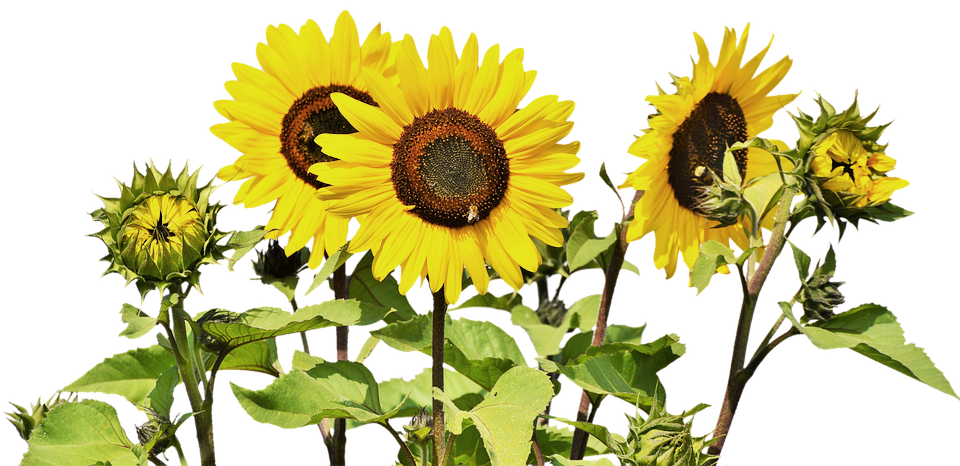
How to Refresh Containers in Late Summer
By Kaw Valley Greenhouses, Inc.
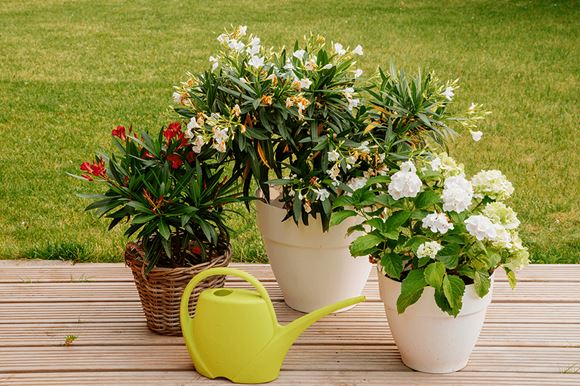
You might be noticing that as we near late summer, your outdoor potted containers are looking a little rough around the edges. Depending on the type of summer you’ve experienced in your climate this could be for a number of reasons, such as scorching heat and dryness, high winds, excessive humidity, or perhaps heavy rainfall. But do not despair! Outlined below are some of our best tips and techniques on how to revive outdoor potted plants.
Deadheadding/Pruning
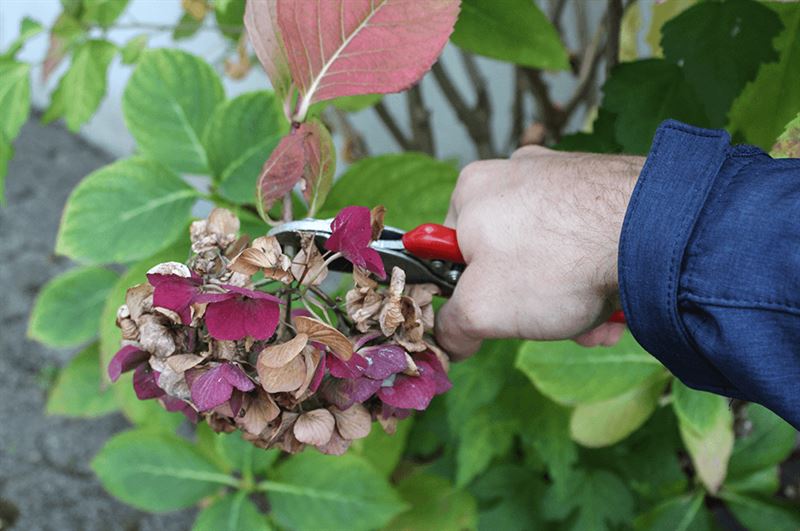
It may seem daunting at first to remove parts of your prized planters, but many annuals love haircuts! Removing faded flowers and trimming back branches signals to the plant that it needs to make more. Although, if you haven’t been keeping up with deadheading or trimming back your plants, not to worry! It’s never too late to start, and you will most likely begin to see improvements in your plants over the next week or two as they perk up and revive after their haircuts. Pruning is an excellent way to spruce up even some of the roughest containers. The rule of thumb is to make a cut just above where leaves come from the stem which is where new growth will occur. Additionally, when you remove dead leaves and branches from your container garden you also discourage any fungal diseases that can grow on this debris and harm your plants.
Fertilizer
Another form of plant maintenance is regular fertilizing. A lack of adequate nutrition is usually the culprit for straggly pots later in the season as the roots have expanded to fill the soil by now and mined what was available. Although many potting soils have slow release fertilizer mixed in, these nutrients are usually gone after a few months as plants use them or they wash out of the soil over multiple waterings (one reason to avoid overwatering). Most potted plants will require a pick-me-up throughout the growing season, which is where a water-soluble fertilizer can come in handy as it can easily be given to the plants during a regular watering. Fertilizer is particularly important for maintaining big, showy flowers as these plants require an added boost of energy.
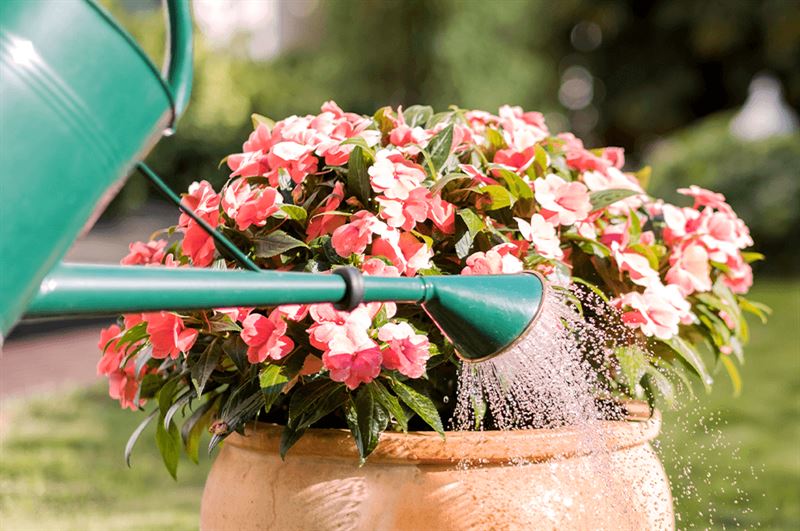
Watering
The likely culprit of many unhappy plants is not having their water needs met. If you're like many of us, life can get in the way of caring for plants optimally, especially as kids are going back to school and the summer weather draws on. So, if it seems that the watering regime has gone by the wayside it may be an advantage to move your container to a new spot. As the hottest parts of summer can help to dry out your containers more quickly you can take advantage of their portable nature by moving them to where they may get less intense sun or wind and allow you more time between waterings. The best practices for proper watering of outdoor potted plants are to water early in the day while the air is still cool. This helps ensure that the potted plants are getting a thorough drink before the heat of the day causes any stress to your plants and the moisture in the soil to evaporate.
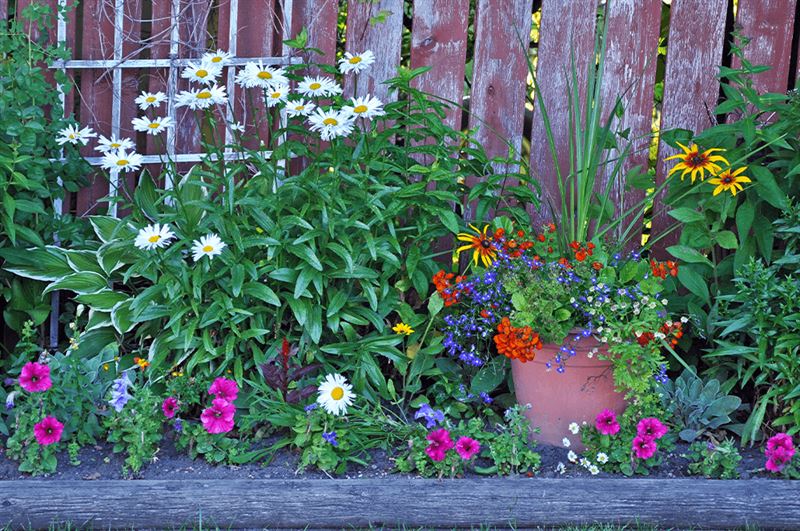
Overcrowding
A common mistake that less experienced gardeners make is to overcrowd their containers with plants. Early in the season this may not be a big deal, but by late summer, the effects of what is taking place under the surface of the soil will start to become apparent. Overcrowding a container with plants earns the gardener the instant gratification of achieving the look of a full, healthy container. But, as the plants grow and their root systems develop, overcrowding will result in the plants choking each other out as they fight for room to grow, and eventually, they will start to look lackluster and unhealthy. The simple remedy for this issue is to remove some of the more vigorously growing plants — but be careful not to damage the root systems of the plants you want to keep in the container. Once they have a bit more room to breathe and grow in, you should see your remaining potted plants start to revive. You can always learn more about designing container gardens to better help you in the future.
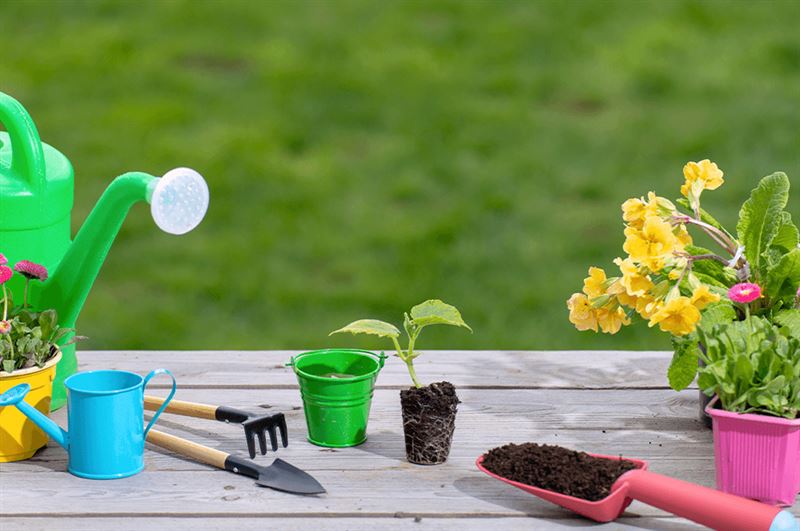
Replace Spent Plants
If you feel you have done all that you can, and your containers are still not improving, there is absolutely no shame in pulling out the trowel and removing the spent plants. You could take this opportunity to revive the look of your potted plants by swapping out the summer annuals for plants with more fall-like colors, or try adding a small pumpkin or fun gourds to fill the bare soil. Getting a head start on fall is essentially putting yourself ahead of the game!
Now that you have some ideas on how to revive outdoor potted plants, it’s time to get out there and take action! And remember not to feel discouraged — the wonderful world of gardening comes with its trials and errors, and is a continuous learning process as you experiment with all kinds of different plants. Still, the payoff of having lush, thriving plants outdoors all season is always worth it.

